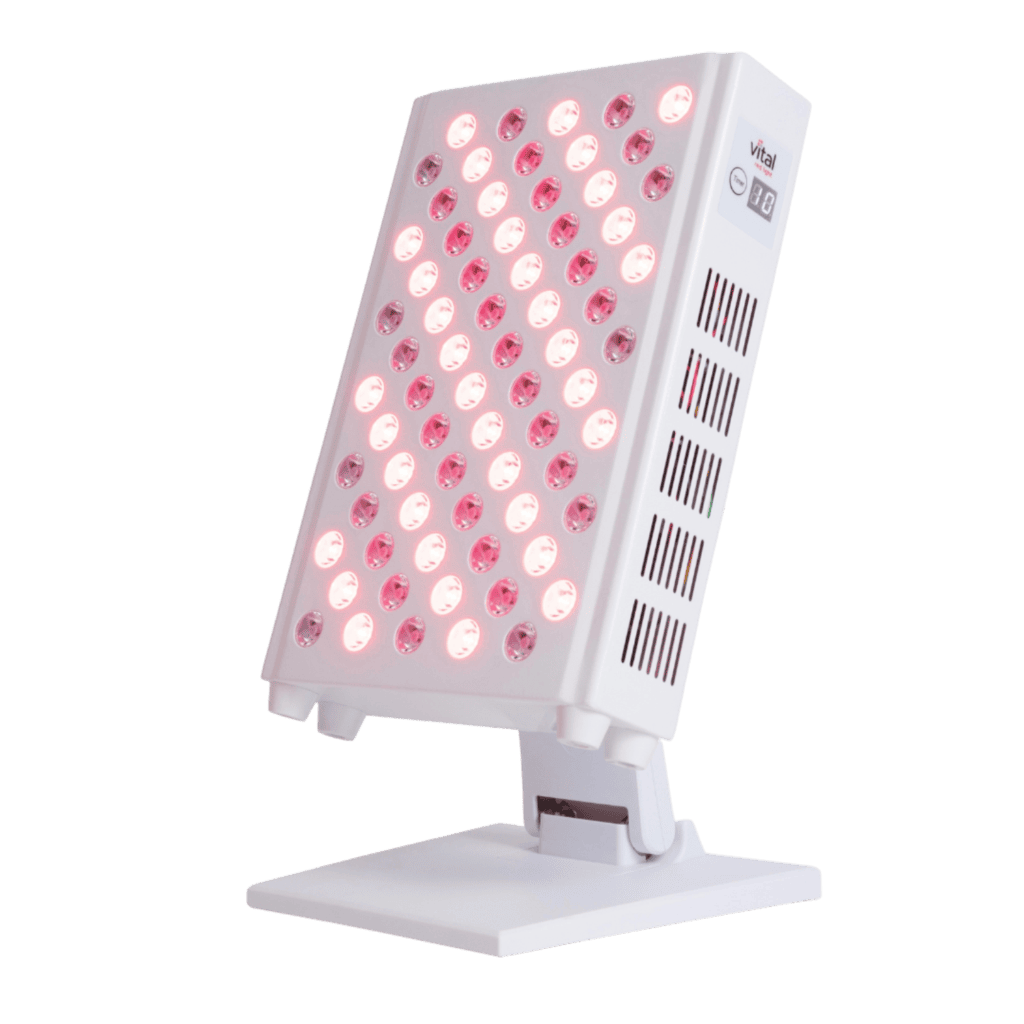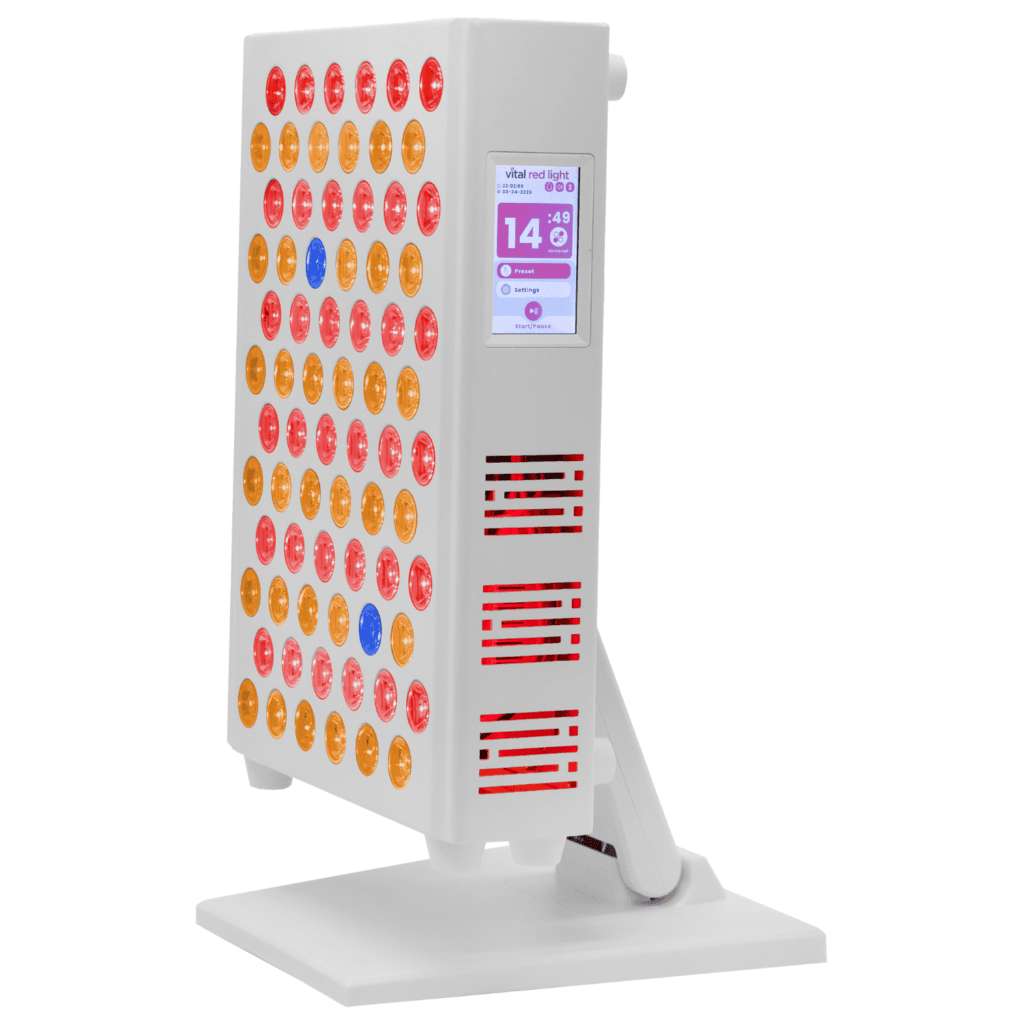
A lot of people deal with a common issue. Chronic pain and sleep, and it creates a frustrating cycle that affects quality of life. Pain makes it difficult to fall and stay asleep, and lack of rest heightens pain sensitivity the next day. But with targeted strategies, you can improve your sleep and begin to break this cycle.
The Link Between Pain and Sleep
Research shows us that the relationship between pain and sleep is bidirectional. Pain disrupts sleep, and poor sleep worsens pain. In fact, evidence suggests that poor sleep may influence pain more than pain disrupts sleep. The more tired you are, the more sensitive you become to discomfort. Addressing sleep is a crucial part of any pain management plan.
Understand the Sleep Process
Falling asleep requires a calm nervous system. People with chronic pain often experience heightened nervous system activity, which can interfere with both sleep onset and depth. Sleep naturally cycles through light, deep, and REM (dreaming) stages. Waking up several times per night is normal—but pain makes these awakenings more disruptive.
Improve Your Sleep with Practical Habits
- Maintain a Consistent Routine
Go to bed and wake up at the same time each day—even after a poor night’s sleep. This helps regulate your internal clock and strengthen your body’s sleep drive. - Create a Wind-Down Ritual
Spend 30 minutes before bed doing relaxing activities in the same sequence. This helps your brain associate these actions with preparing for sleep. Avoid stimulating tasks like work, bright screens, or intense conversations during this time. - Use Bed Only for Sleep and Intimacy
Strengthen the association between your bed and sleep. Avoid reading, watching TV, or using your phone in bed. If you can’t fall asleep after 20 minutes, get up and do a quiet activity in dim light until you feel sleepy again. - Manage the Sleep Environment
Keep your bedroom cool, quiet, and dark. Consider blackout curtains, white noise machines, or fans if needed. Comfortable bedding can also reduce discomfort during sleep. - Limit Napping
Daytime naps reduce your sleep drive at night. If you must nap, keep it short (less than 30 minutes) and before 3 p.m. - Watch What You Eat and Drink
Avoid caffeine, alcohol, and heavy meals at least four hours before bed. While some use alcohol to relax, it disrupts deep sleep and interacts negatively with many pain medications. - Incorporate Light Exercise
Regular, moderate activity during the day supports sleep. Avoid vigorous workouts within two hours of bedtime, as they can raise heart rate and delay sleep onset. - Practice Relaxation Techniques
Mindfulness, meditation, and progressive muscle relaxation can calm the nervous system and prepare your body for sleep. Regular practice increases their effectiveness over time. Apps, audio guides, or group sessions may help you get started. - Address Racing Thoughts
Anxiety about sleep or pain can make insomnia worse. Avoid watching the clock, and consider journaling or writing down worries before bed to clear your mind. Mindfulness can also help you refocus on the present and let go of disruptive thoughts. - Consult a Professional
If self-help strategies aren’t enough, speak with your GP or a psychologist trained in cognitive behavioural therapy for insomnia (CBT-I). They can tailor solutions to your unique needs and identify underlying mood or anxiety issues contributing to poor sleep.
Final Thoughts
Better sleep is possible even with chronic pain. By improving sleep hygiene, managing pre-bed stress, and creating a calming routine, you can reset your sleep habits and improve your quality of life. Consistency is key—these changes may take time, but they’re a powerful part of long-term pain and sleep management.




















